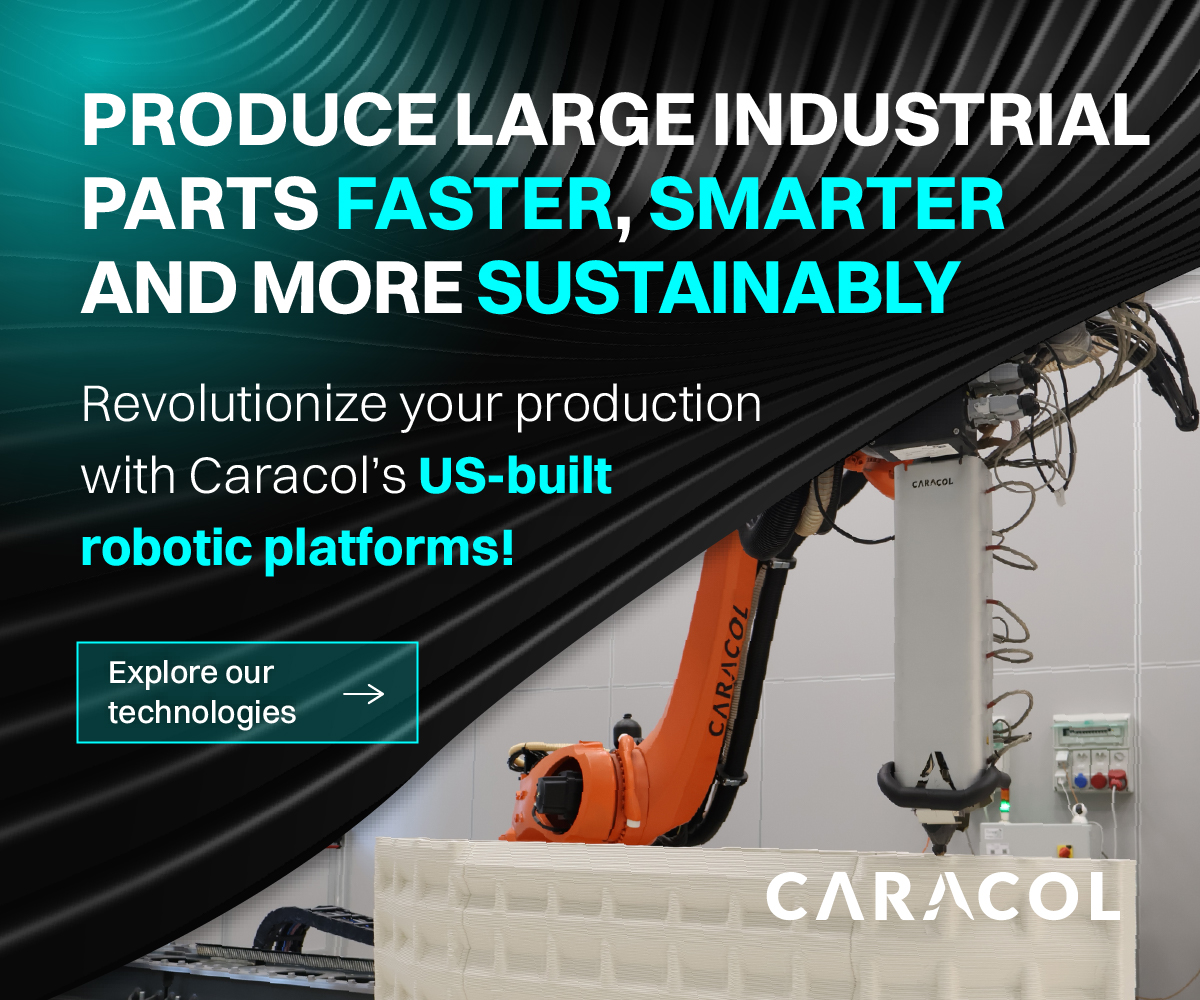There are many applications for 3D printing in the medical field, from prosthetics and anatomical models to pharmaceuticals and custom surgical guides – the potential even exists one day for fully 3D printed replacement organs. But another area that sees a lot of 3D printing innovation put to use is surgical implants.
In 2015, a patient with a degenerative cervical spine issue received the first 3D printed titanium fusion implant, and things have just kept moving from there. 3D printed spinal implants are designed to precisely fit a patient’s anatomy, so chances for a successful surgery increase. In addition, the technology has made it possible to develop new classes of materials that mimic the very structure and texture of bone.
Titanium is a strong but lightweight material, and its structure can also be designed to integrate with the human body and facilitate bone growth.
This week during the American Association of Neurological Surgeons (AANS) annual meeting in New Orleans, Ireland-based Medtronic, one of the world’s largest medical technology, services, and solutions companies, announced the launch of its new titanium 3D printed platform.
 The company, which employs over 84,000 people worldwide and serves hospitals, patients, and physicians in roughly 160 countries, calls the platform TiONIC Technology, a 3D printed technique that uses a differentiated laser method to create enhanced surfaces.
The company, which employs over 84,000 people worldwide and serves hospitals, patients, and physicians in roughly 160 countries, calls the platform TiONIC Technology, a 3D printed technique that uses a differentiated laser method to create enhanced surfaces.
The TiONIC platform makes it possible to create more complex, intricate designs and integrated surface technologies for spine surgery implants. In comparison with more smooth materials, studies have shown that the surface texture of these types of implants can not only increase osteoconductivity, but also promote bone response.
Dr. Colin C. Buchanan, neurosurgeon at the Colorado Brain and Spine Institute in Aurora, Colorado, said, “Surface advancements, like TiONIC Technology, have emerged as a paradigm shift in interbody fusion implants. Implants utilizing newer surface technology can help stimulate a cellular response and give me greater confidence that the patient will have a successful fusion.”
Medtronic, a member of the Advanced Tissue Biofabrication (ABT) Manufacturing USA Institute and one of Desktop Metal’s first Pioneer Program customers for its metal Studio System 3D printer, has also introduced the first titanium implant to be 3D printed with its new TiONIC Technology technique – ARTiC-L, designed for use in transforaminal lumbar interbody fusion (TLIF) spine surgeries.
“ARTiC-L is an important component of Medtronic’s portfolio of reproducible solutions for minimally invasive procedures. Our 3D printed TiONIC Technology allows devices such as ARTiC-L – and our future interbody implant portfolio – to offer surgical advantages not traditionally possible,” said Doug King, Senior Vice President and President of Medtronic’s Spine division, which is part of the company’s Restorative Therapies Group.
The company’s 3D printing process allows for implants to have more intricate designs, like the honeycomb shape on its ARTiC-L Spinal System. This design provides better mechanical load distribution across the entire implant, and it also acts as an osteoconductive scaffold for bony growth into the implant itself.
The ARTiC-L system, which makes use of Medtronic’s new TiONIC Technology, was designed specifically to facilitate the sagittal alignment of the spine, as it can offer varying lordotic angles up to 20°. In addition, it allows for the use of a more streamlined surgical workflow – now, only a single instrument is required for implant insertion and positioning, rather than multiple instruments.
Discuss this and other 3D printing topics at 3DPrintBoard.com or share your thoughts in the comments below.
Subscribe to Our Email Newsletter
Stay up-to-date on all the latest news from the 3D printing industry and receive information and offers from third party vendors.
Print Services
Upload your 3D Models and get them printed quickly and efficiently.
You May Also Like
A Vision for Powder Leadership in Advanced Manufacturing’s Next Chapter
In the advanced manufacturing world, the phrase “center of excellence” gets thrown around a lot. But what does it really mean? Is it just a catchy tagline — or can...
Dyndrite and Phasio Partner to Create Fully Digital Workflow for HP 3D Printers
Additive manufacturing (AM) companies are deeply aware that they need to lower the barrier-to-entry for their products in order to set themselves up for sustainable growth. The most straightforward —...
3D Printing News Briefs, September 20, 2025: Standards, Floor Slabs, Wastewater Treatment, & More
In this weekend’s 3D Printing News Briefs, we’ll start with standards news from ASTM. Then, we’ll move on to a new 3D printable alloy from QuesTek Innovations, and Autodesk Research...
Inside AM’s Quiet, Strategic Revolution: An Interview with Dyndrite Founder, Harshil Goel
Founded in 2016 by Harshil Goel, Dyndrite has been clear in its mission from the start: namely, “to fundamentally change how geometry is created, transformed, and transmitted on a computer.”...





































